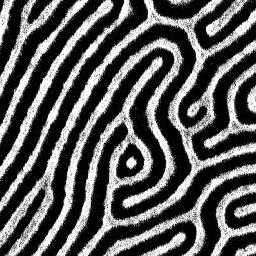Scientist.
- 2 Posts
- 3 Comments
 1·1 year ago
1·1 year agoDefinitely there is some hard truth, however in the problems as you note are that it is often a black box and not reproducible nor necessarily quantitative among many other problems. I see more of an increasing divide between those who create those AI tools and those who apply them. There’s always been some of this with ImageJ, and macros or plugins have served as a bridge. I foresee similar bridges in the future.
Everything in the future is looking a bit shakey lately with how society and technology continues to co-evolve, so I wish you luck with the career side; I think we all need a bit of luck there.
 0·1 year ago
0·1 year agoWith ImageJ there was a major democratization in the accessibility of image analysis. It opened up the doors to greater involvement by non-compsci folks; people whose approach is guided and enriched by a deeper mechanistic understanding of what they are looking at. My view is that many of the job posts related to the field are being driven by HR people & committees whose “contribution” is peppering everything with novel buzzwords without understanding the relevance nor the meaning. Especially with academics, there’s a habit of chasing after whatever was used in the latest “hot” paper without understanding what it is, how it works, or if it is applicable, at least when that hot new thing is outside of the prof’s expertise. They don’t need to learn it; they can just tell a grad student to do it.


I’m not aware of a debugger for javascript scripts for ImageJ. 95% of what I need can be accomplished in the macro language. Roughly how many lines is your script?